A brief note on common native plants of Kerala
We can see different kinds of plants around us, with different characteristics, different colour flowers, different leaf size and types. But we don’t even know their names. Same plant may be known in different names in different regions. Through this column, let me give a brief description of a few local or native plants of Kerala.
1. Annaankizhangu – It’s a thorny plant common seen in South Malabar in red brick hills, which grow on rocks. Stems sprout from tubers, and leaves resembles small scales of fishes. Flower bunches may grow up to half meter with beautiful flowers in light pink colour. It’s also known as Paarakongini in local terms. Family name is Serophulariaceae and scientific name is Striga Gesnerioides. Its tuber is a favourite food item for Porcupine.
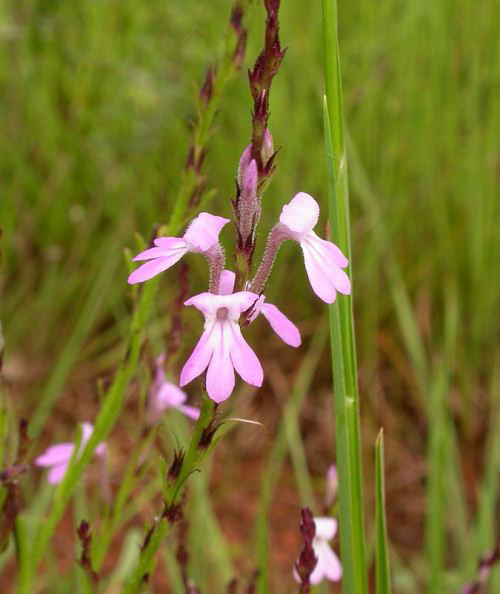
2. Akasa Thamara – This water plant is commonly seen in ponds and lakes. It floats on water surface, without stem and has leaves and roots. Since its leaves resembles lotus, it gained the name Akasa Thamara in local Malayalam. Pacha Thamara, Mutta Payal, Neerpola, Kuda Payal, Angilla Pongu etc are other local names given to this plant. It belongs to the family Araceae and scientific name is Pistia Stratiotes.
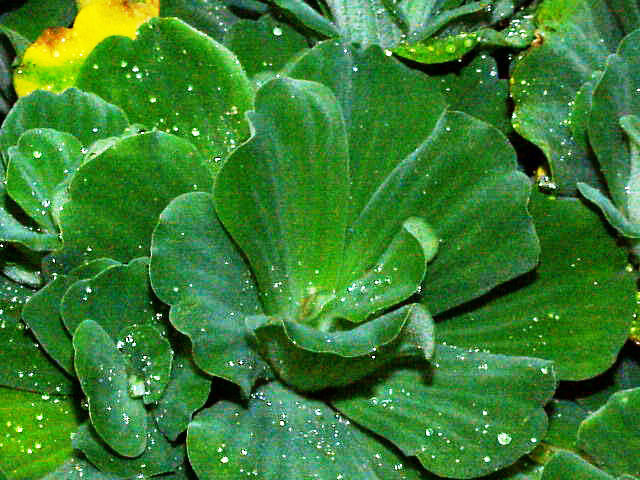
3. Eri Pacha – Its flower is a quick remedy to tooth ache. It gives a slight tingle to teeth (similar to chilly taste) when placed and pain disappears. It is found in moist soil and spread on ground surface. Flowers are yellow in colour and resemble small sunflower and flower studs for ears. Akravu, Palluvedana Chedi etc are some of its common names. It belongs to the family Asteraceae and scientific name is Spilanthes Ciliata.
4. Cherikotta – To make crackers from seeds of cherikotta used to be favourite hobby of children one generation ago. On either ends of small bamboo sticks, kids fix the seeds of this plant. Using a very thin bamboo strip kids push it from one end, and the seed at the extreme end splashes out making a big noise similar to crackers. Cherikotta is a shrub and nerves on leaves are clearly visible. The tip of leaves is sharp. With the arrival of monsoon season in the early June the plant blossoms and bears seeds in bunches. Flowers are yellow in colour. Seeds are thick like husk and when smashed it’s mucous like. A butterfly species locally known as Valayan Parappan lays eggs beneath its leaves. It belongs to the family Tiliaceae and scientific name is Grewia Nervosa.
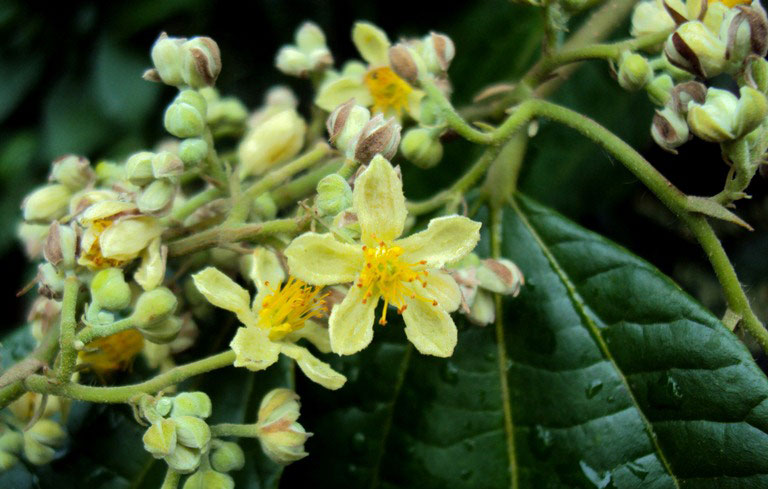
5. Kalthalu – It is a small plant which fixes its roots in moist rocks and stones. Its leaves resemble hand shield used in battles. The plant blossoms during June & August. It belongs to the family Araceae and scientific name is Ariopsis Peltata.
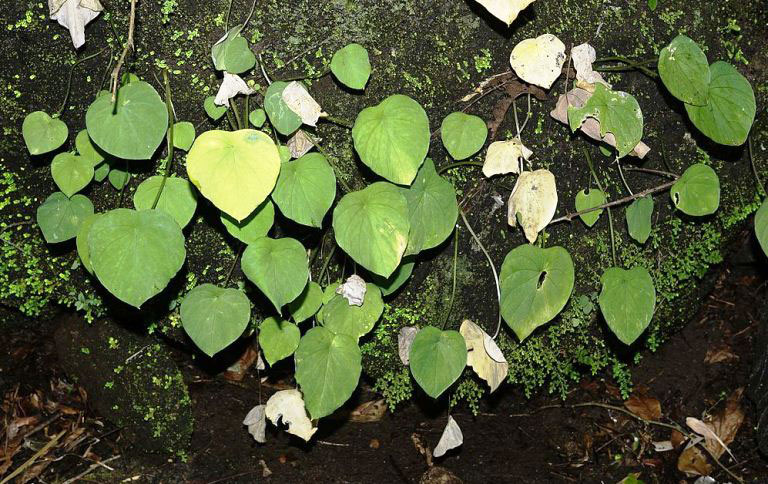
6. Ottalambal – It is a water plant seen in paddy fields, ponds, and small tributaries. It resembles water lily and its roots are fixed to water floor. The plant grows from tuber. White flowers with three tiny petals, a stem and floating leaves are its trademarks. The plant blossoms from August onwards. Family name is Hydrocharataceae and scientific name is Ottelia Alismoides.
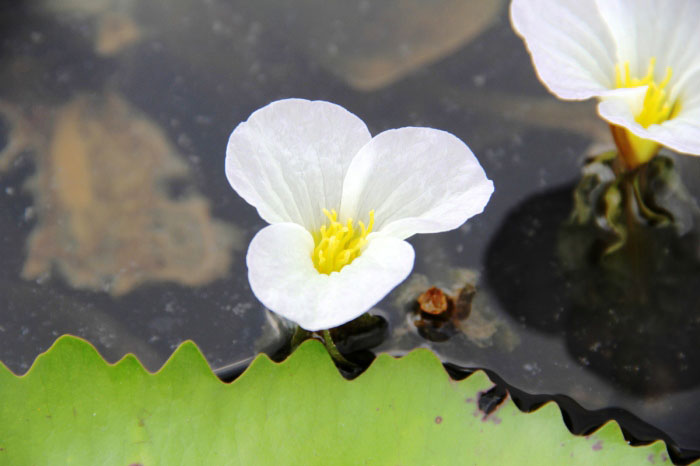
7. Kannadi Pacha – It was once used by kids to clean slate and hence known by the name, Slate Pachila, Mashithand, Vettila Mashi, Kolu Mashi, Maka Pacha etc. It grows well in moisture soil, plantain fields and most commonly seen in rural areas. Its stem is flesh and crystal like. During early days, it was commonly used in water experiments conducted in schools. It’s a quick remedy for burns, head ache etc. As it has structures similar to wick which resemble the stalk of pepper, its scientific name is Pepperomia Pellucida.
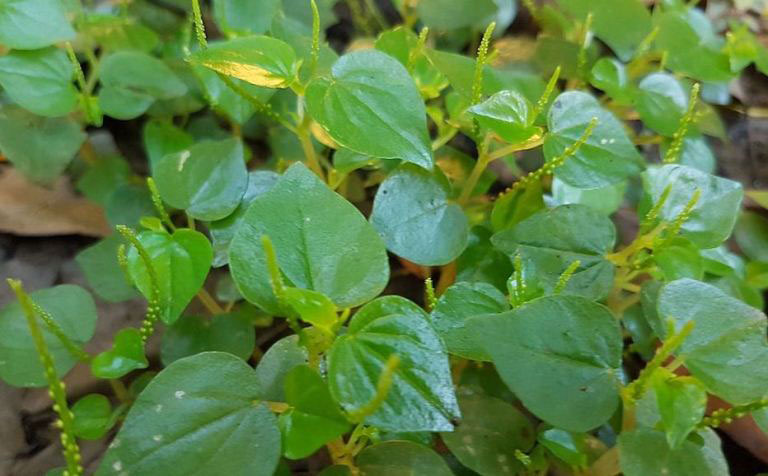
8. Mathipuli – Once its leaves were used in dishes for sour taste, as a substitute of tamarind. That’s why this plant got this name. Panichi, Karthika Poovu, Kaala Poovu, Radio Chedi, Vaichupuli, Uppanacham etc are some of the common names by which Mathipuli is referred to. Stems are filled with spines and small hair like structures and this shrub grows in marshy places most. Its flower is yellow in colour and centre portion is reddish brown in colour. While preparing Thalu curries using leaves of colocasia and similar plants, to avoid itching, leaves of Mathipuli are added to the dishes. It’s also seen with flowers in red spinach colour, and inner portion with deep lavender. Family name is Malvaceae and scientific name is Hibiscus Hispidissimus.
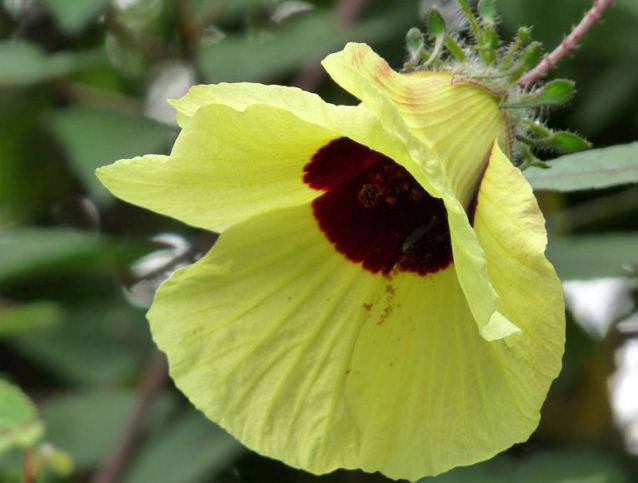
9. Kilitheeni Panji – It is a medicinal plant seen in sacred groves, forests and hills. Its seeds are used to prepare the medicine, Jyothishmati Thailam. Its seed resemble cotton seeds, and is a hot favourite of birds. That’s why it got the name. Family name is Celastraceae and scientific name is Celastrus Paniculatus. In the thottampattu of Kadankott Makkam Theyyam of Kannur, it is described about its flower as the Karyasthan (authority) goes in search of its flower for Pooram celebrations. The flowers are long finger shaped and have bright orange-red colour. The plant blossoms in January and March months, and is most commonly seen in serpent groves and forests. It belongs to the family Sterculiaceae and Firmiana Colorata is its scientific name. It grows as tall tree.
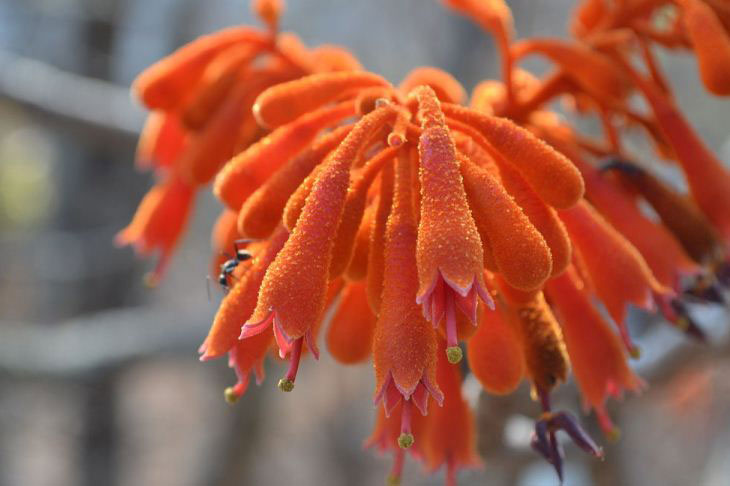
10. Oorppam – It’s a shrub most commonly seen in path sides and fields. Other names are Uthiram, Ooram etc. Flowers are pink in colour. Leaves have fine hair like structures. Seeds are filled with small spines, which easily stick to the body of animals with small hairs. It used to a mischievous hobby of kids to throw its seeds to other persons’ hair. It belongs to the family Malvaceae and Urena Lobata is its scientific name. Different species of butterflies make it a favourite destination to lay eggs.
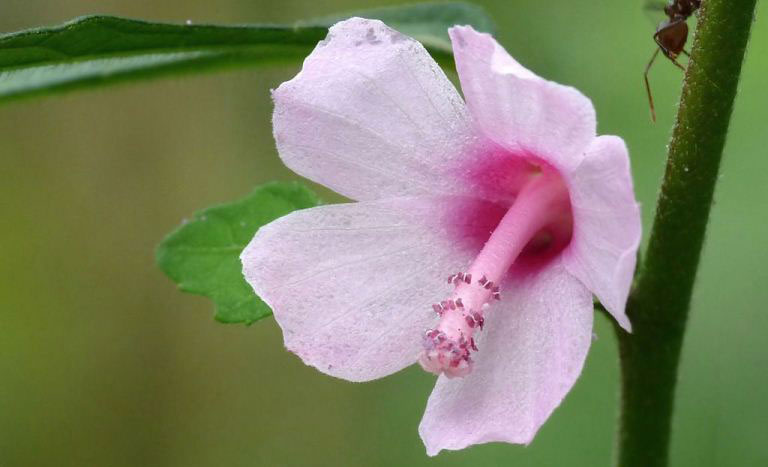
11. Rakta Nelli – It’s often falsely interpreted as Mani Thakkali (a type of tomato) and grown at home courtyards. In some places it is known as Chora Kaay. Seen in path sides and open areas most, leaves are edible and used to prepare Dal curries. Seeds turn deep red when fully ripen, and used in juices as colouring agent. Scientific name is Rivina Humilis.
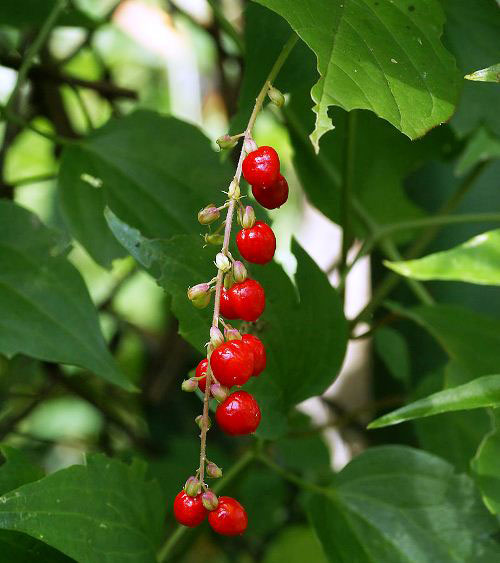
12. Mangaa Naari – Stems and leaves have strong odour of mango and hence this plant earned this name. It’s most commonly seen in marshy areas. Its leaves are often used as a leafy vegetable to prepare dishes. As it has strong ‘mango adour’ it is used in dishes where mango is added, and also used as its substitute. It belongs to Scrophulariaceae family and scientific name is Limnophila Repens.
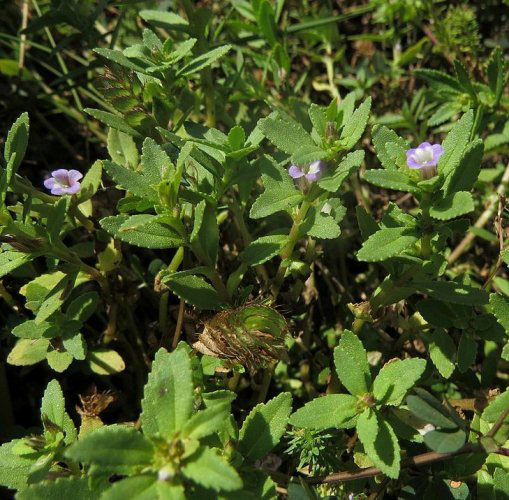
13. Neyyambal – It’s most commonly seen in ponds, marshy areas and similar places. It’s also known by the name Neythal. Their petals own some distinct traits, with threads at their edges. Flowers are yellow in colour. It belongs to the family Nenyanthaceae and scientific name is Nymphoides Indica.

Image source: Wikipedia and Wikimedia Commons


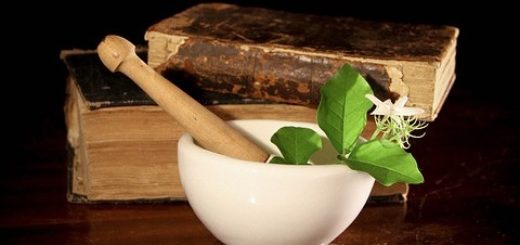
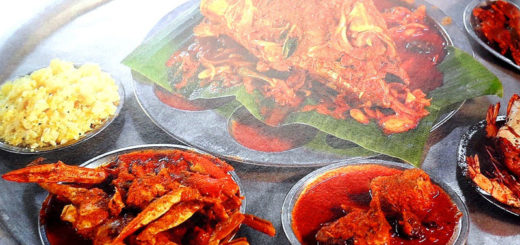








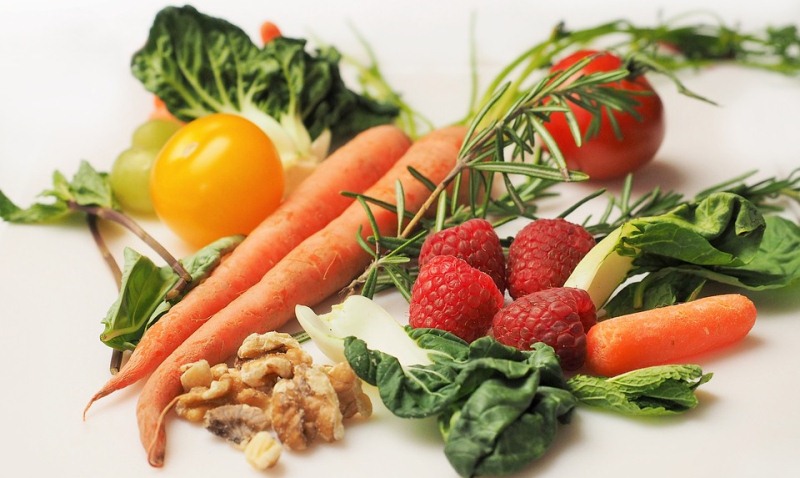
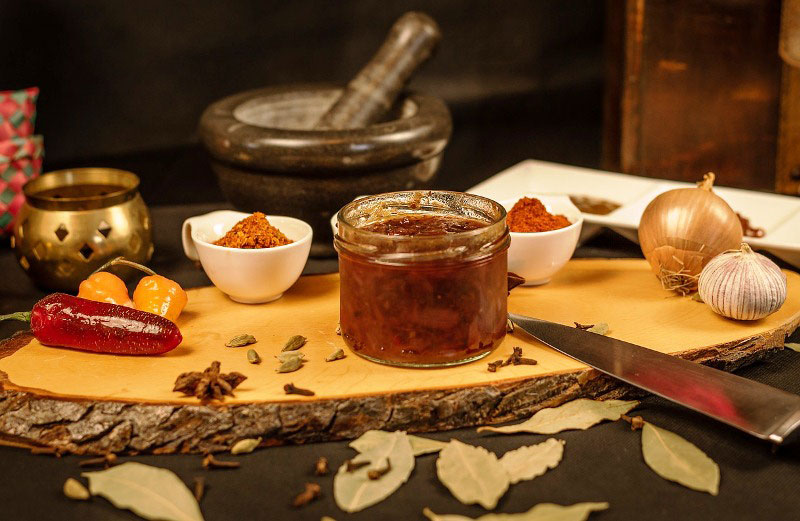
It was very interesting and informative, especially for nature enthusiasts and photographers .
Interesting read